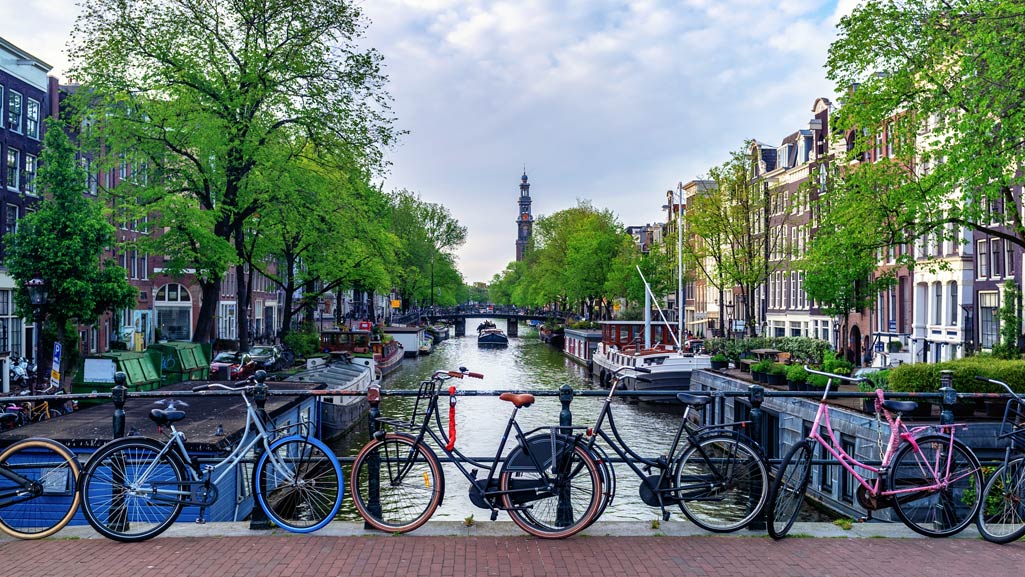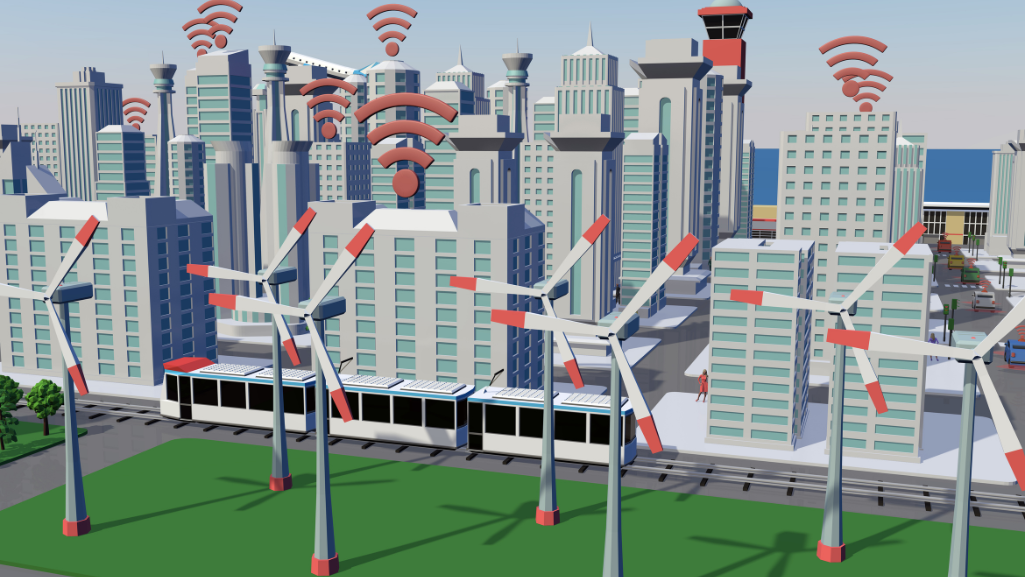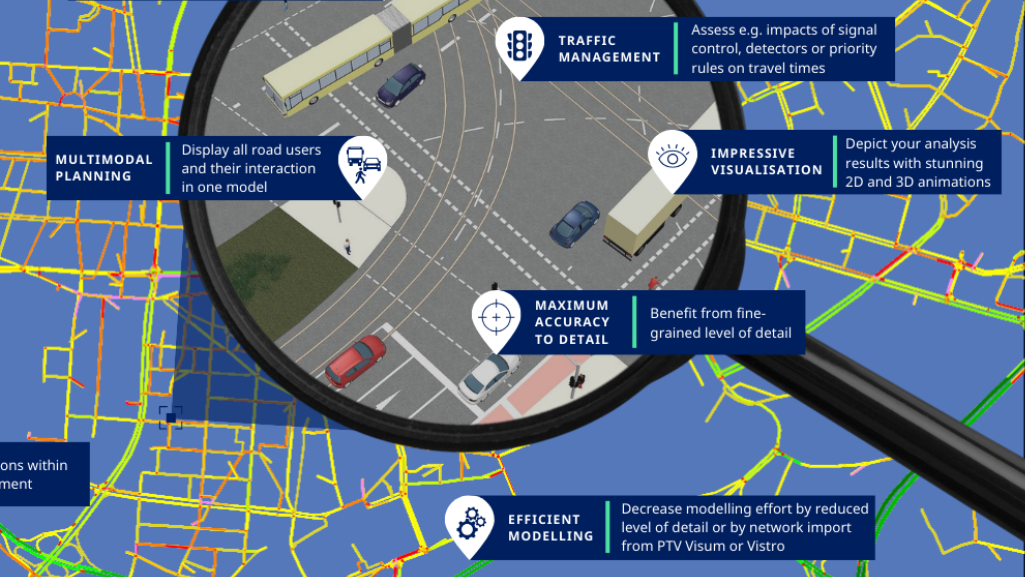Cities around the world are suffering from increasing traffic, noise and poor air quality. Experts agree that it is time for a radical change in terms of traffic and transportation. Cycling is considered one of the most important factors for livable cities. But what does it take to create more bike-friendly cities?
Bike-friendly cities such as Copenhagen, Utrecht or Amsterdam are often rated as particularly worth living in. No wonder, active mobility such as cycling or walking saves space, is environmentally friendly and does not produce noise pollution. “It is obvious that bicycle traffic has been playing an increasingly important role in innovative urban mobility planning in recent years. And it will continue to do so. Nowadays, cities can no longer afford to sweep this issue under the carpet,” confirms Peter Lange, who is responsible for the topic at PTV Transport Consult GmbH. In order to create incentives to encourage cycling, it is essential to provide an infrastructure which allows cyclists to reach their destination safely, comfortably and effectively.
Bike-friendly infrastructure
This is also confirmed by a survey of cyclists in Copenhagen, the world’s most bike-friendly city according to the Copenhagenize Index. In the Danish capital, 62% of the inhabitants bike to work, school or university. When asked about the reason, they do not name health, environmental awareness or money saving, but effectiveness – because it is the best and fastest way to get from A to B.
“The expansion of the bicycle route network of course plays a pivotal role in promoting bicycle use. And this does not only apply to cities, but also to the surrounding areas, e.g. by providing cycle highways that connect cities and rural areas,” explains Peter Lange. “Intermodality, in particular the integration of cycling and public transport, is another important factor. Here, it is not just about the actual safety of cyclists, but also how they feel about it.”
Citizen participation
Thus, citizen involvement in cycling projects is also gaining in importance. For example, in Copenhagen, cyclists are interviewed about relevant issues such as infrastructure and the level of perceived safety for the biennial bicycle report. Singapore, the highly urbanized metropolis, which plans to build 700 km of cycling paths by 2030, is also relying on the public. Citizens can ride along planned bicycle routes using a VR bicycle simulator – based on PTV software – and have a say in the design.
Making space for cycling by means of a virtual model
“Cities that want to shift traffic to cycling have to face numerous crucial challenges: Where do we need separate cycle lanes, new cycle highways or parking spaces? What does the interaction with other road users look like? How can we provide green waves that serve cyclists?” outlines Jochen Lohmiller, Product Manager at PTV. “Before implementing costly infrastructure projects, it therefore makes sense to take a close look at the various measures. This is where our powerful simulation tool PTV Vissim comes in. Based on a virtual model we can realistically simulate a city’s current and future bike traffic and run through different what-if scenarios. The effects of the measures can thus be tested and validated in a virtual environment.”
By the way, Copenhagen, the city of cyclists, used precisely this PTV tool to optimize and expand its bicycle route network. Read the whole success story here.




Hello! I am member of a ngo mobility organization from Iasi, Romania and I was wandering if there is a PTV Vissim demo to simulate for one road a bike lane. In our city the local administration is not very bike friendly and I think that if we present a concrete example on your software with a bike lane simulation maybe they will understand how important is to have a software which helps create valuable bike infrastructure. Thank you very much!
Dear Anca, there is a free PTV Vissim Demo version: https://www.ptvgroup.com/en/solutions/products/ptv-vissim/demo-version/
If you need any help please contact our colleagues in Austria, who are responsible for Romania: info.at@ptvgroup.com